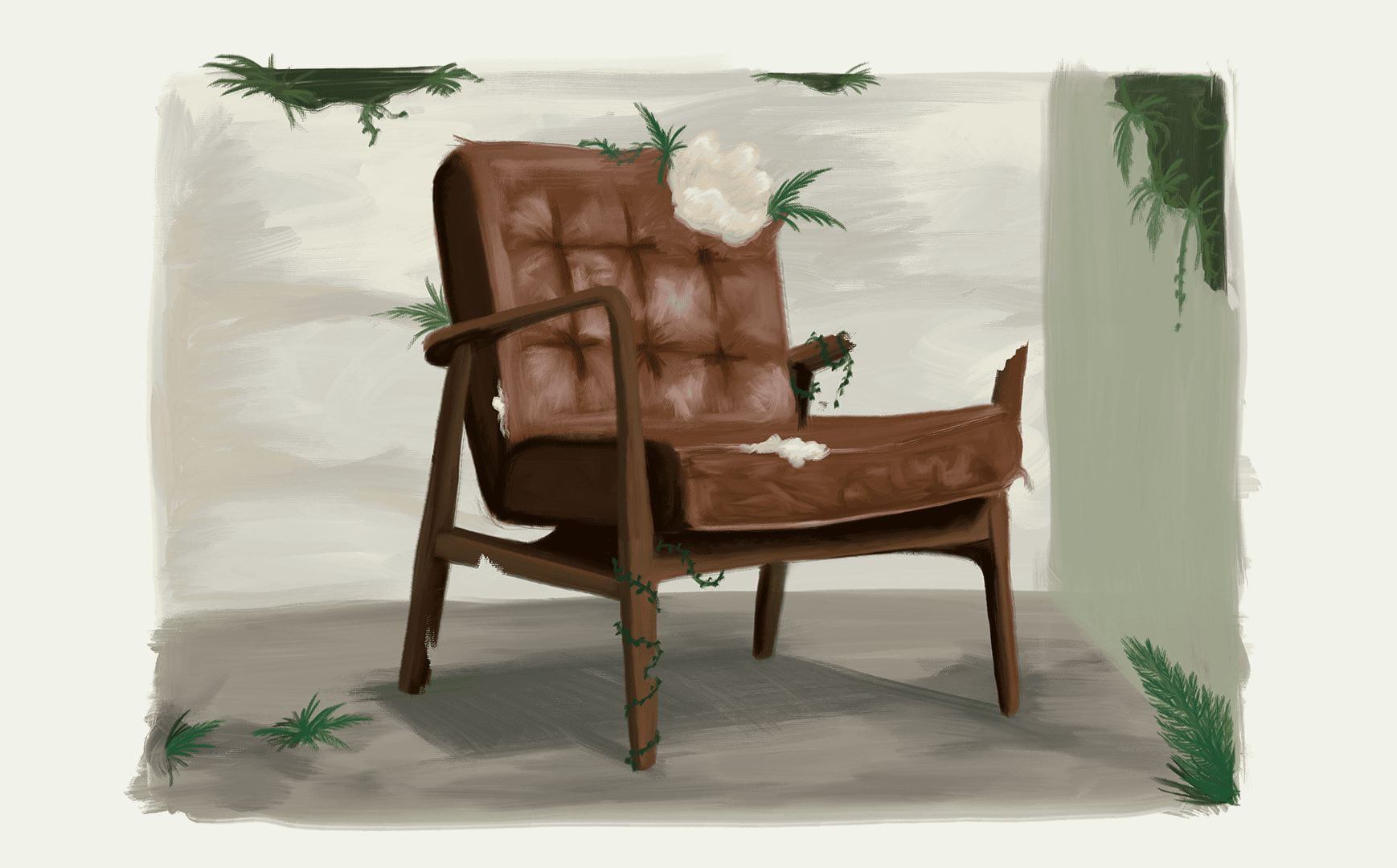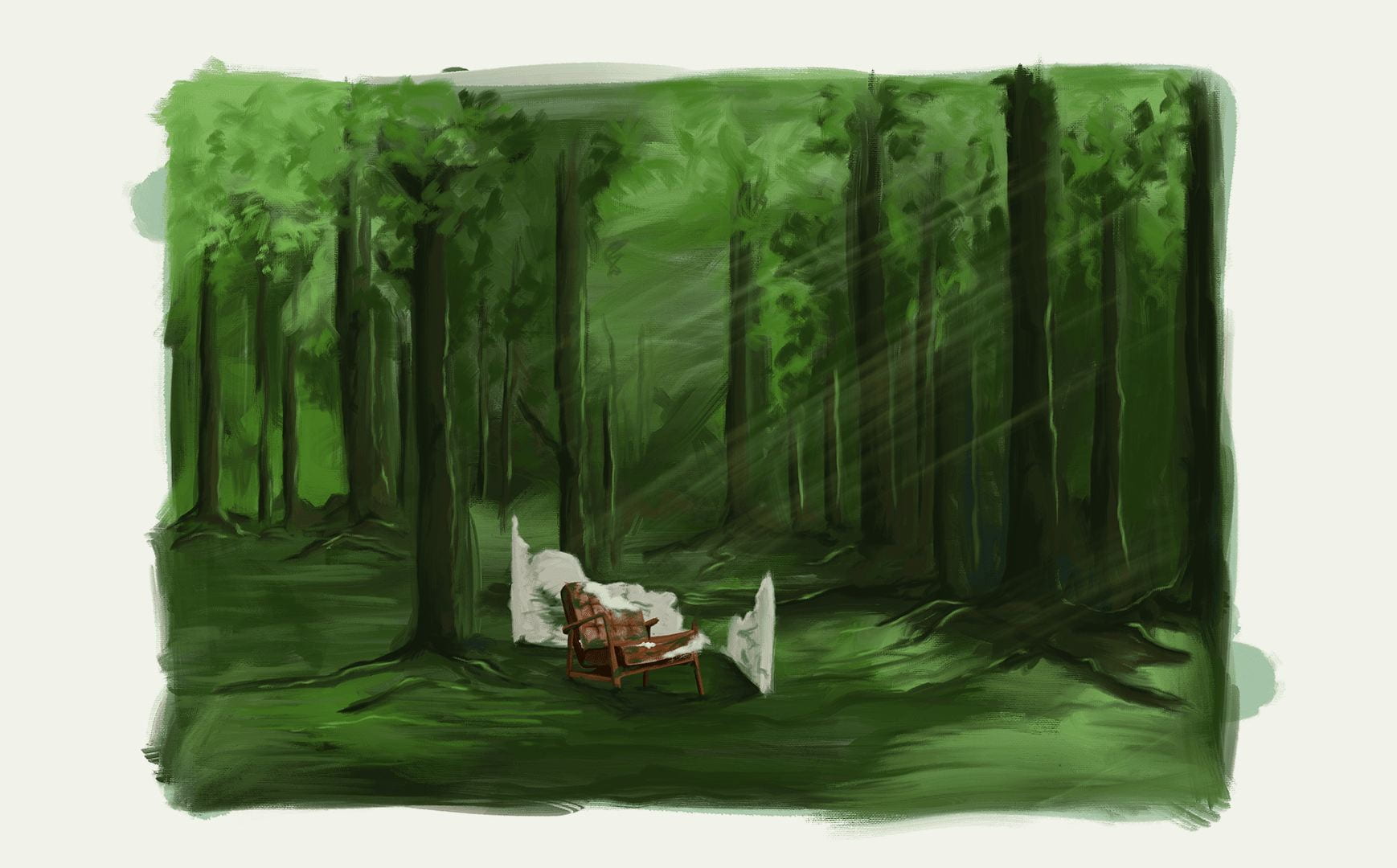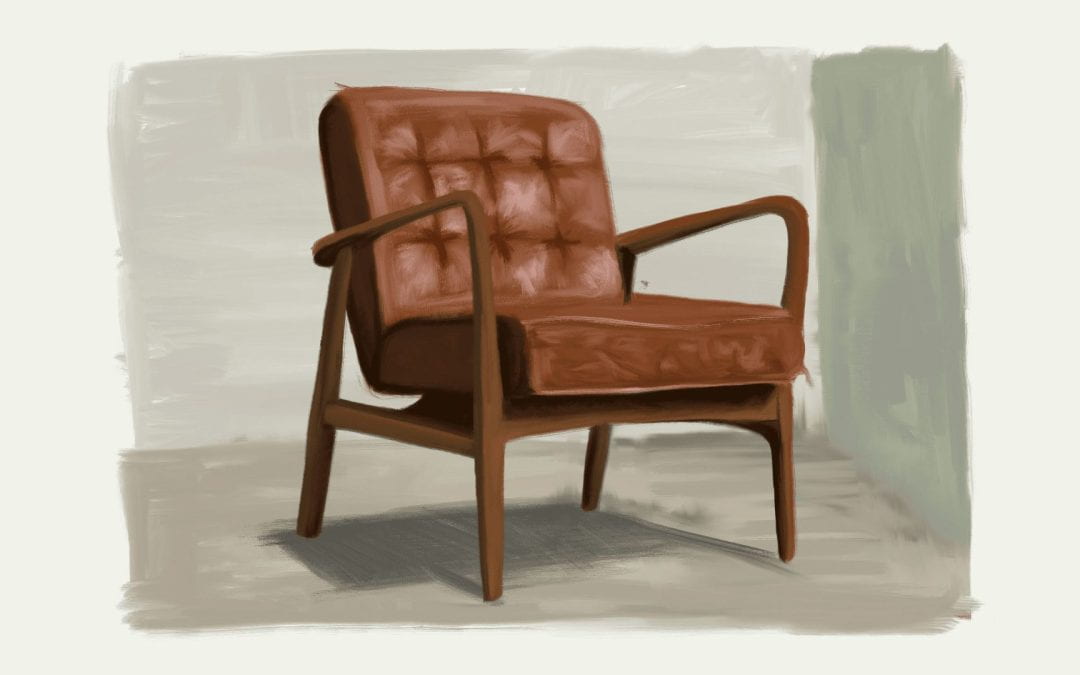20 December 2023
A collaboration between market analyst Hamza Ajmal and illustrator Jean Donaldson. Edited by Jonathan Burgess.
Objects are collections of essences.
I am sitting in my living room on a leather chair against a wall. The living room walls are off-white in colour with a few scratches, marks and scribbles on them. The chair is dark brown, made of leather and wood. The living room and the chair, according to the Ancient Greek philosopher Aristotle, possess unique essences derived from their materials and form. The walls are off-white, so they have an off-white essence. The chair is made of leather, foam and wood. It is formed by the amalgamation of these elements, creating the very essence of a chair.
The essences of an object have stories to tell.
According to Avicenna — the preeminent philosopher and physician of the Islamic Golden Age — the essences of an object are actually information. One can make informed inferences about an object by observing it. For example, the marks on the walls suggest movement of large objects through the living room that have hit the walls. The pencil scribbles suggest that children have played in the room. The chair has some chips and indentation in the seat, suggesting it is in a used condition, has been used for long sittings, and has been moved around.
The things that are old were once young.
Avicenna argued that when the chair was originally made, it stood untouched by the hands of time. As the days unfolded, however, information inscribed itself upon the chair — each scratch, movement, and sitting contributing to its evolving story. Each marking tells a story of the chair’s past and is not a mere imperfection. In other words, there is a relationship between information and time. As time goes by the universe increases the amount of information.
Avicenna — elaborating on this logic — argued that the world is not a collection of static things, but a dynamic flow of information across time. Instead of thinking about the future where there is more information, if we go back in time there is less and less information, and at some point, we reach a moment where there is the minimum amount of necessary information for an object to unravel itself from that moment.
The things that are soiled were once pristine.

The laptop I am currently using to write is three years old. It is well maintained, and has no signs of scratches or marks. I have taken good care of it, especially after my prior computer’s unfortunate encounter with Sprite and cappuccino. Fortunately, the laptop didn’t break. However, some of the liquid dried within the keyboard. For someone who likes Macbooks for their keyboard, typing with sticky keys is a pretty awful experience.
The markings on an object are results of actions.
Over the last few years, my newsfeed has become more and more rife with climate catastrophes, the endangerment and extinction of species, and potential threats to human survival. A part of my work is to observe and forecast external factors that can have an impact on New Zealand and the world economy. The climate pattern El Niño is appearing increasingly frequently amongst these factors.
Among the various risks associated with El Niño, global food security is a significant concern. For New Zealand, repercussions of extreme weather events are multifold, ranging from economic disruption to loss of life. A recent manifestation was Cyclone Gabriele in early 2023, the aftermaths of which are still lingering across the country and will continue to do so for some time. If we view the environment as the walls of my living room, the current state of my living room is a direct result of past actions.

Kia whakatōmuri te haere whakamua.
In Māori philosophy the conceptualisation of time does not leave the past behind; one carries one’s past into the future. These concepts are similar to the philosophical narratives of Aristotle and Avicenna that things are connected with time. If we seek to put things back in order, maybe it is a wise idea to revisit the past — where there are less and less markings on our environment — and learn from the practices of our ancestors that lived in harmony and connection with their environment.
I walk backwards into the future with my eyes fixed on my past.
Hamza Ajmal is a principal investigator with Te Pūnaha Matatini who researches in the areas of finance, economics, and sustainability.
Jean Donaldson is a designer and illustrator who works with Toi Āria: Design for Public Good. She is based in Te Whanganui-a-Tara. You can see more of her work at https://jeanmanudesign.com/.

